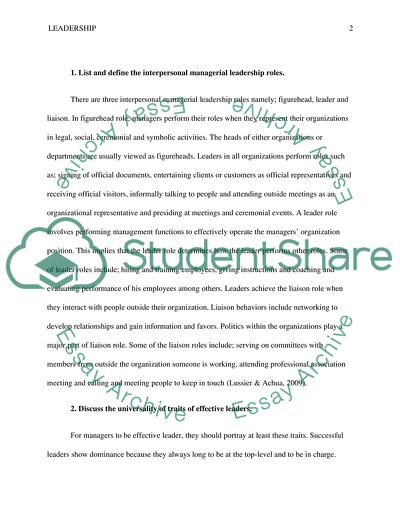Cite this document
(The Leadership Report Example | Topics and Well Written Essays - 1500 words - 10, n.d.)
The Leadership Report Example | Topics and Well Written Essays - 1500 words - 10. https://studentshare.org/psychology/1772262-leadership
The Leadership Report Example | Topics and Well Written Essays - 1500 words - 10. https://studentshare.org/psychology/1772262-leadership
(The Leadership Report Example | Topics and Well Written Essays - 1500 Words - 10)
The Leadership Report Example | Topics and Well Written Essays - 1500 Words - 10. https://studentshare.org/psychology/1772262-leadership.
The Leadership Report Example | Topics and Well Written Essays - 1500 Words - 10. https://studentshare.org/psychology/1772262-leadership.
“The Leadership Report Example | Topics and Well Written Essays - 1500 Words - 10”. https://studentshare.org/psychology/1772262-leadership.


